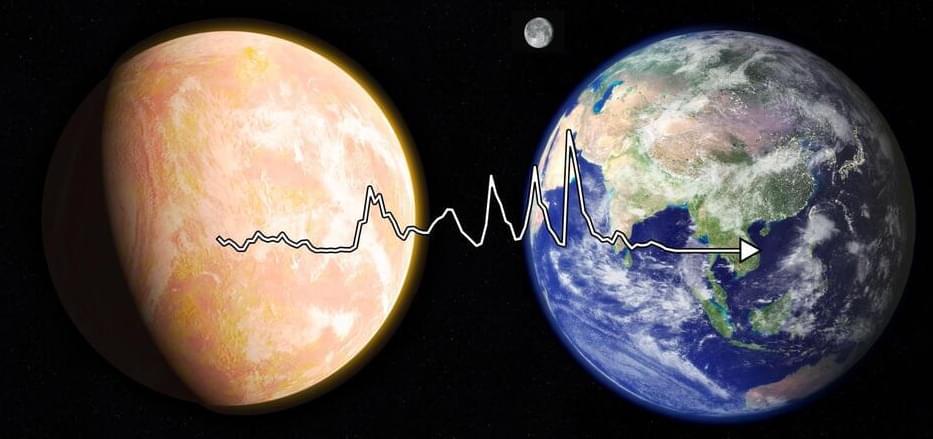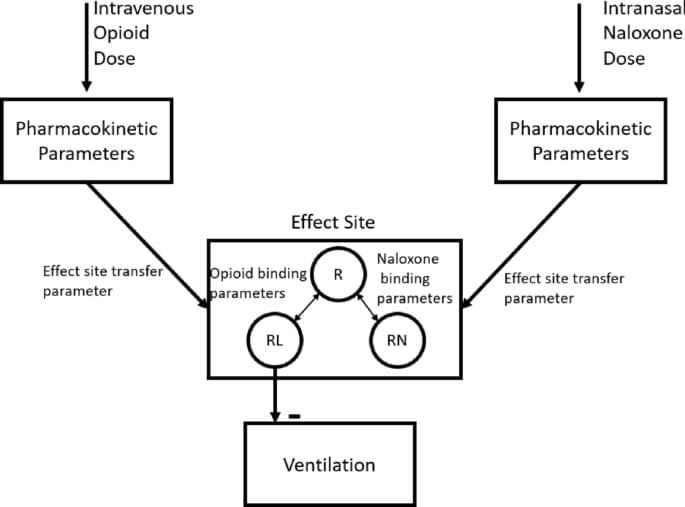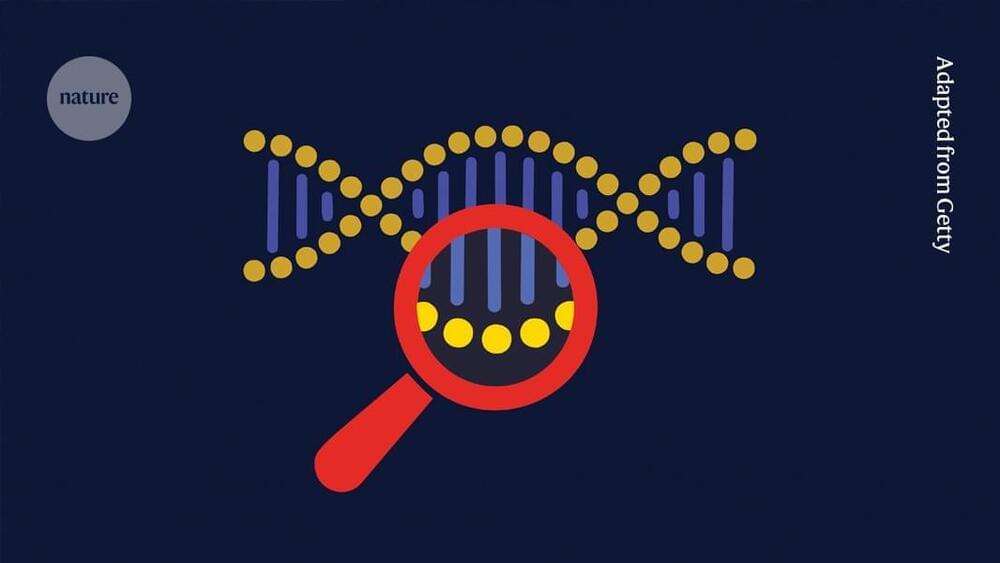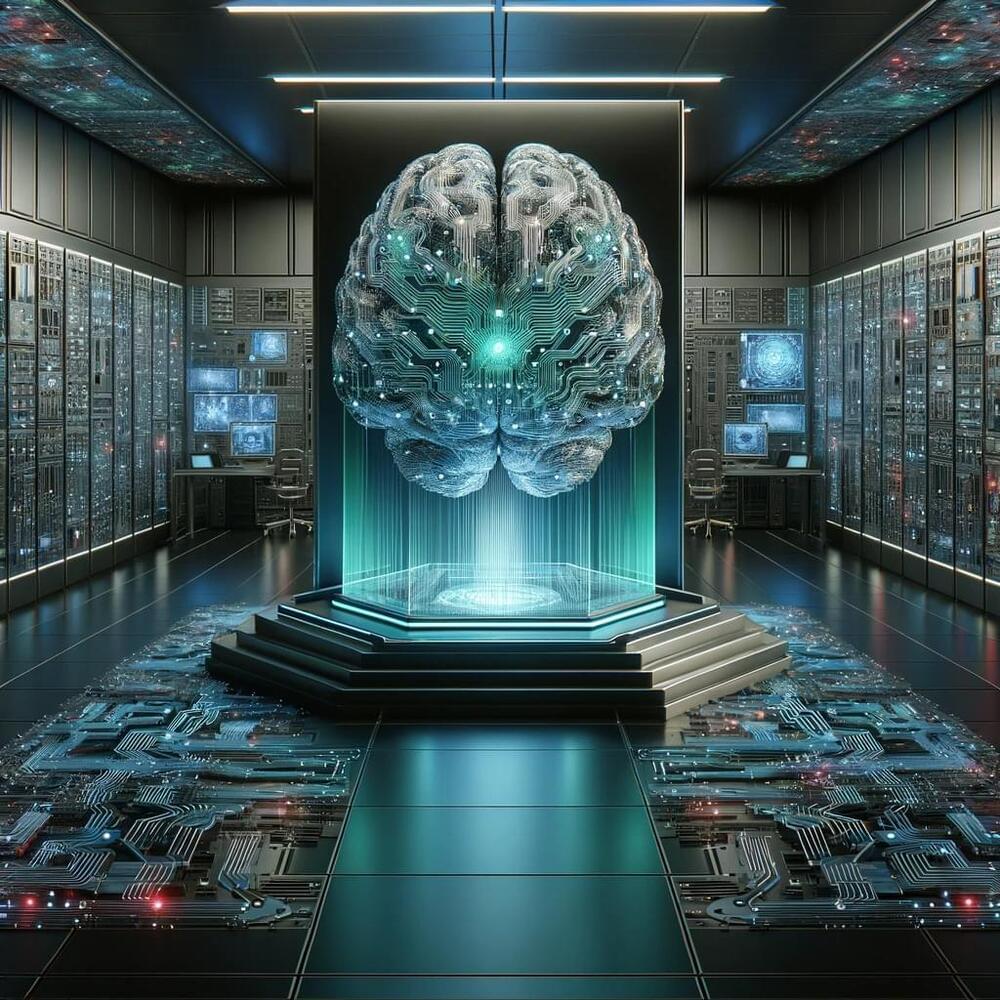A new study demonstrates that just a handful of “forgotten” biochemical reactions are needed to transform simple geochemical compounds into the complex molecules of life.
The origin of life on Earth has long been a mystery that has eluded scientists. A key question is how much of the history of life on Earth is lost to time. It is quite common for a single species to “phase out” using a biochemical reaction, and if this happens across enough species, such reactions could effectively be “forgotten” by life on Earth. But if the history of biochemistry is rife with forgotten reactions, would there be any way to tell?
This question inspired researchers from the Earth-Life Science Institute (ELSI) at the Tokyo Institute of Technology, and the California Institute of Technology (CalTech) in the USA. They reasoned that forgotten chemistry would appear as discontinuities or “breaks” in the path that chemistry takes from simple geochemical molecules to complex biological molecules.








